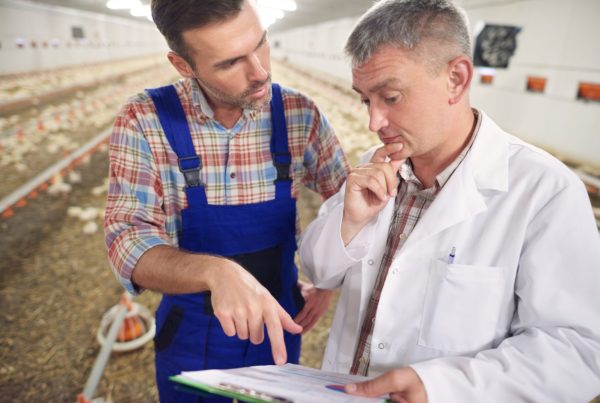
How to Form an Action Plan
So you’ve been doing your research and have been looking into all the areas that you think you need to know about before getting out onto your own homestead. But have you forgotten anything? Here is a summarized list of all the areas you need to be looking at, thinking about and doing research on.
Why Are You Doing This?
This really needs to be your first consideration. Knowing your reasons will help keep you on track when making bigger decisions later on. Buying a place in order to just live more simply will require a different type of situation than getting a homestead to earn a living. Raising your own food needs more space than just living off the grid. Knowing why comes before all other decisions.
Plan on a Reasonable Size
Don’t let your dreams run away with you. Use what you decided in your last step above to guide you into figuring out if you want to do a large scale or small scale homestead. If you’ve never planted a single seed in your life, it is probably a bad idea to buy into a 300+ acre ranch as a starting point. Factor in the amount of maintenance that will be required to upkeep the property including mowing, clearing land, and harvesting. Riding lawnmowers and tractors are not inexpensive items.
Work out a Budget
Once you know what you’re after and how big you want to go, decide on how you are going to pay for it as well as how you are going to earn a living once you’ve moved. Land is usually a good investment, but if you decide that homesteading isn’t working out, you need to know how likely it is that you can sell your property without incurring a loss.
If you are moving away from your current employment, then you need to research the costs of commuting in terms of time, fuel, and wear and tear on your vehicle. If you will be leaving your job and seeking work, you should know the job market in your new area and secure employment before you move.
Go Shopping
When you have a rough idea of what you can afford, now you can go property shopping. Make a list of all the features you want or need and don’t get swayed by pretty views or quaint architecture. If you plan on raising animals, there is no point in buying a half acre lot just because you love the gingerbread trim on the farmhouse. Stick to what you really need to have in your new homestead property.
Check on the details once you’ve seen the place too. See about the water source, electricity, other services, taxes, zoning and general yearly weather. Talk to the neighbors too. They can be huge sources of local information that you won’t find at the city office.
Get Started
Once the right place has presented itself and you’ve taken the leap, the only thing that’s left is to move and start homesteading. But this isn’t necessarily the last step. Once you are settled in, make a plan for the next few months and also for the next few years. Prioritize your projects according to need and essentials, because jumping into too many projects at once can lead to a lot of frustration and unnecessary failures.
Depending on your experience, you may want to start with a small garden the first season and then expand it over the next couple of years once you learn more about planting and crop rotation. If you plan to raise animals, set a timeline (1 or 2 years) so that you know what each animal requires for proper food and care, or maybe, that’s when you want to get the solar panels or windmills. Create a map so that you aren’t getting overwhelmed all at once in order to make choices as you go that will take you to your next homestead goal.
Continue Tutorial Below

Read More

Read More

Read More

Read More

Read More

Read More

Read More

Read More

Read More

Read More

Read More

